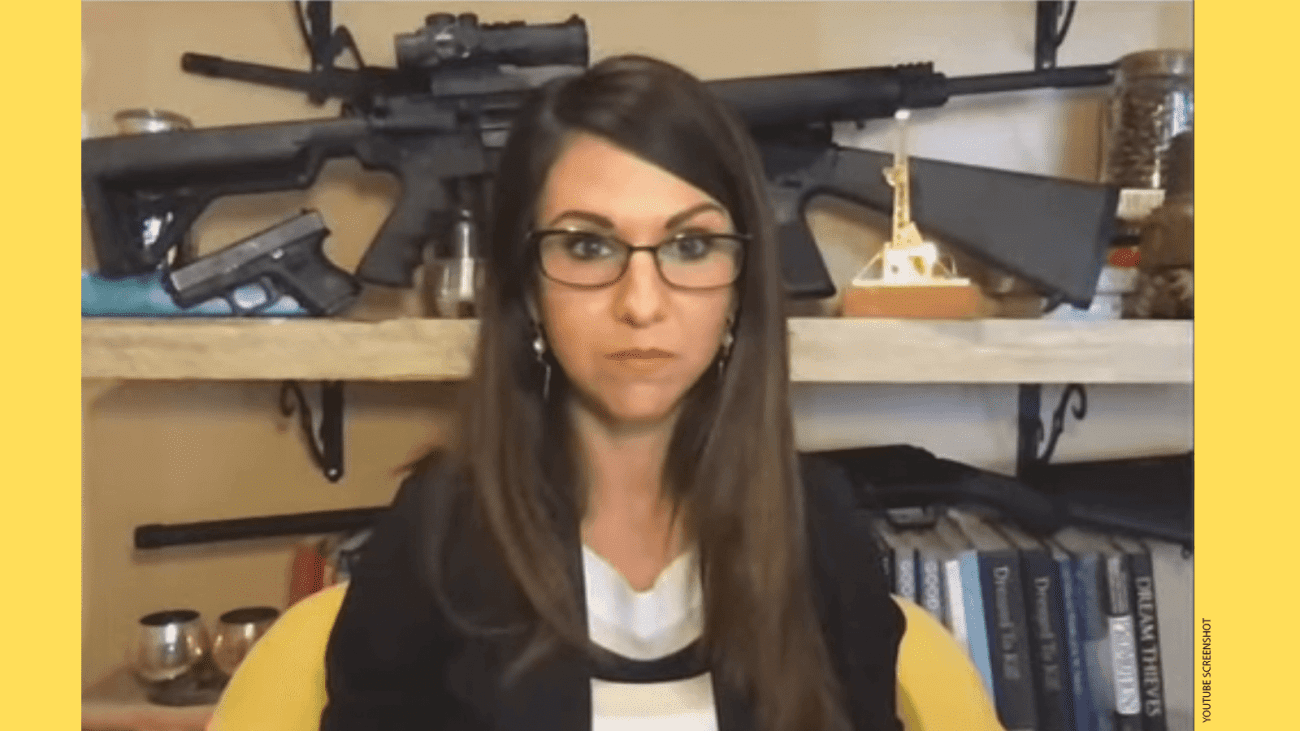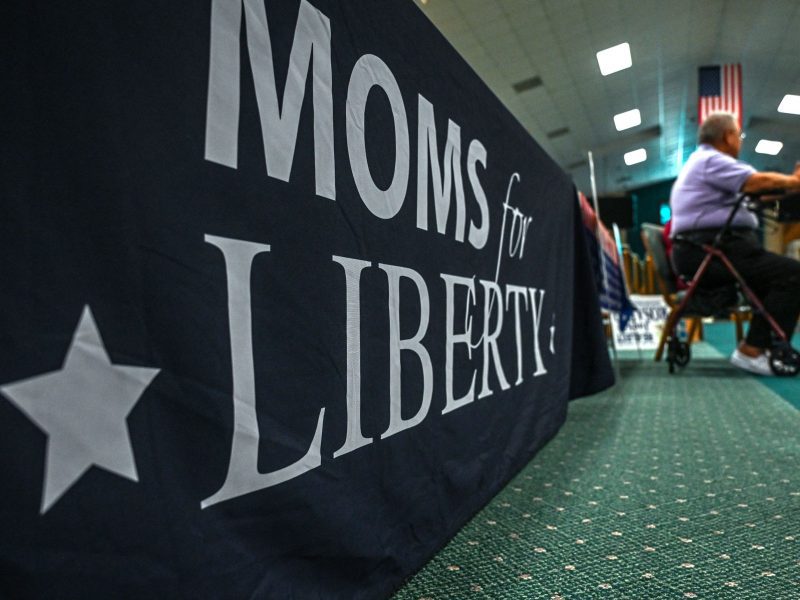Common Sense, the Constitution, and Covid-19
Visible guns, Trump banners get students in trouble
Education Next | by Joshua Dunn | March 9, 2021
The widespread use of distance learning during the coronavirus pandemic is generating a new source of controversy around school discipline. In cases across the country, schools have punished students for allowing glimpses of guns or Trump signs to be visible in the backgrounds of their video feed during remote lessons.
In October 2020, a 12-year-old middle-school student, Cole Mayer, was participating in a remote-learning class in Columbia, Illinois, when he stood up, revealing a gun behind his bed. A teacher captured a screenshot of the moment, and the school dispatched the police to Mayer’s home to investigate. After discovering that it was only a pellet gun, the police officers didn’t write up a report and in fact conversed with the boy about dove hunting. School officials initially considered expelling Mayer but instead decided to suspend him for 10 days.
Similarly, in Louisiana, 9-year-old Ka’Mauri Harrison was suspended for six days by the Jefferson Parish School District. In September 2020, the 4th grader was participating in a digital class and taking an online test when one of his brothers tripped over a BB gun on the floor of their shared bedroom. Harrison moved the gun out of the way but left the barrel visible to the camera. The teacher tried to get his attention, but because Harrison was taking a test, the student had muted the sound on his computer. The school district defended the decision to suspend the boy by saying he had violated its policy against having weapons at school. In a behavior report, the Louisiana Department of Education said that the student’s possession of the BB gun was a violation of federal law. The district school board did not allow him to appeal the suspension. Ka’Mauri Harrison’s family sued in federal court, claiming a civil-rights violation. Under U.S. Supreme Court doctrine, schools must provide rudimentary due-process rights to students receiving suspensions of fewer than 10 days. Harrison’s attorney asserts that the school did not meet those requirements. In November 2020, in response to the school board’s intransigence, the Louisiana legislature passed the Ka’Mauri Harrison Act, which increases due-process protections for students facing disciplinary measures during remote learning. As well, Louisiana’s attorney general has filed a motion in support of Harrison’s lawsuit, arguing that the school board repeatedly violated state law.
These cases point to the lack of clarity around the question of how far schools can justifiably extend their policies into private homes. Put another way, the remote teaching environment during the pandemic has raised the question of what counts as “the classroom.” Many families do allow guns, whether toy or real, in their homes. These families may find it intrusive to have schools treating their homes as extensions of the physical school. What’s more, the disciplinary actions in these cases fail to take into consideration the challenging circumstances both parents and children are facing with remote learning. Ka’Mauri Harrison, for instance, shares his bedroom with two brothers. Common sense and compassion would suggest that children shouldn’t be punished for not keeping a room as tidy as school officials might like. Zero tolerance, which hardly makes sense in normal times, is even less workable during a pandemic.
Students have also found themselves in trouble for displaying Trump signs during distance learning. In October 2020, for example, a high school chemistry teacher at Toms River High School North in Ocean County, New Jersey, kicked out a student, Anthony Ribeiro, who refused to take down a Trump banner from his bedroom wall, according to local press accounts. The teacher said there was “no room” for politics in his classroom, Ribeiro told the Asbury Park Press. An English teacher also asked Ribeiro to take down the banner during an online class because it might cause a disruption. Similarly, in September 2020, a chemistry teacher in Colusa, California, threatened to remove a student from the digital classroom if the student didn’t take down a Trump banner. The student decided to log out before the teacher could eject him.
In both cases, the teachers appear to have violated their school districts’ policies as well as U.S. Supreme Court doctrine. In the New Jersey instance, officials later acknowledged that the student had not violated school rules. And in California, the student handbook said the district “respects students’ rights to express ideas and opinions, take stands on issues, and support causes, even when such speech is controversial or unpopular.” That policy had allowed students to wear items such as political buttons and insignias while attending school in person. The Supreme Court has said that, under the Constitution, schools can only restrict student speech when it causes a substantial disruption, violates the rights of others, is lewd, is school sponsored, or is pro-drug. While Trump evokes strong feelings, neither of these cases fits into one of those categories. Simply claiming that student speech might cause a disruption is insufficient reason to restrict it, particularly if a school allows other viewpoints to be displayed. If a Trump banner actually caused a remote lesson to descend into a flame war in the Zoom chatroom, then schools could conceivably require students to have a plain background during such lessons. But picking and choosing which perspectives to censor violates First Amendment jurisprudence, which requires government officials to remain neutral toward varying viewpoints and content.
Instead of suspending students or kicking them out of class, teachers and school officials would do well to use these events as teachable moments by not overreacting and by reminding students and themselves that the Constitution applies, even in online classrooms during a pandemic.
Photo: Could a student get away with Representative Lauren Boebert’s Zoom background? YOUTUBE SCREENSHOT






